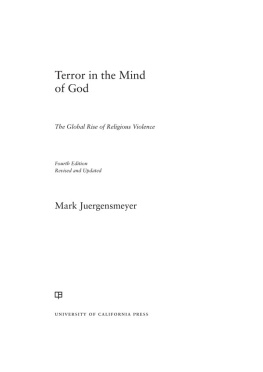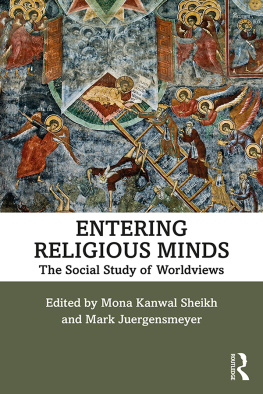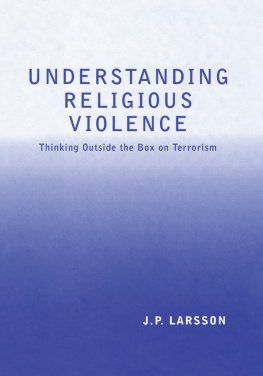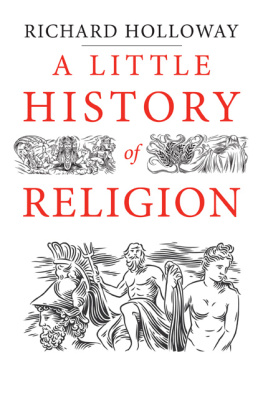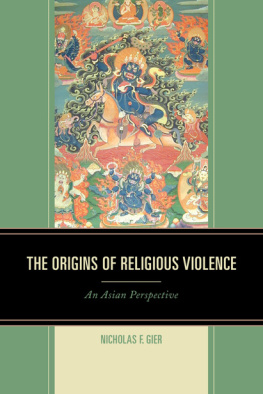Preface
The war is over, the former ISIS fighter told me. When I talked with him he was incarcerated in a prison in Iraqs Kurdistan region. He had been convicted of being a jihadi warrior with the Islamic State, but now he expressed disillusionment with the movement and its leadership.
I had asked him whether the ISIS struggle was still attractive to some people. He looked at me in disbelief, and then said quietly, the war is over. Without admitting that he ever was fully in it, he was acknowledging that this battle was now a thing of the past. What he did not admit, however, was that the apocalyptic imagery of conflict at the end times and the rise of a Caliphate was no longer valid. The battle was over, but the ideas remained. It was a sentiment that he shared with many of the old ISIS fighters, as I was to discover in other conversations. Yet for now, he sadly acknowledged, the war was over.
It is not an easy thing to slip out of war. Perhaps it is more difficult than slipping into it, considering all of the personal, social, and spiritual aspects of a commitment to a struggle that have to be abandoned. Yet war ends. Violent movements, even those informed by religious visions of great warfare, terminate, or are transformed into more peaceful elements within the broader society.
In this book I want to try to understand how this happens. My motive is to complete my own understanding of the rise of movements of religious nationalism and religion-related violence around the world, a project in which I have been engaged for decades. The natural conclusion of these studies is to understand how such movements end. As it turns out, it is also a timely one.
As I prepared this book for publication, the news media fixated on the assault on the US Capitol building on January 6, 2021, provoked by then-president Donald Trump. Though not overtly religious, the White supremacists who were among the most ardent members of that insurrection privileged Christian culture. The conspiratorial mythology of the QAnon movement to which many of the participants adhered borrowed heavily from the imagery and end-times rhetoric of millenarian evangelical Protestant Christianity. Many of the participants regarded their involvement as part of a godly crusadethe kind of cosmic war that is in the minds of similar religious activists of various faiths around the world who see worldly confrontations as expressions of a metaphysical struggle between good and evil, right and wrong.
It is of timely importance then, to understand not only how such movements arisethe mood of alienation and marginalization that has propelled people to imagine themselves in a great righteous warbut also how they might end. As the case studies in this book will indicate, the way that governmental authorities respond to these movements can make all the difference. It can exacerbate the situation or alleviate it. But such movements do end.
To understand how this happens, Ive tried to get inside the minds and mindsets of individuals involved in specific cases. I have Or I could have examined the Lords Resistance Army in Uganda, though that movement, even in a diminished state, continues its savage warfare in the region. The list of cases of terminated struggles goes on, though many imagined wars are still continuing and it is too early to examine how they might end.
Out of the range of possibilities I have chosen three case studies, selected in part because they show the range of possibilities in bringing violent movements to a close. One of them is the Islamic State, based in Iraq and Syria, which reigned over large sections of both countries from 2015 to 2017 and was territorially defeated by 2019. This is a movement that I have studied since its inception, through multiple visits to the region, and is an example of attempts to crush such uprisings through military destruction.
The second case is the Moro Movement for a Muslim Mindanao in the southern Philippines, a Muslim separatist movement that persisted from 1969 to 2019, when a peace agreement was finally ratified by a plebiscite in the region. This was a new movement for me to study, but I chose it in part because it showed the possibilities of the transition from violence to nonviolence through skillful negotiationmuch like the Northern Ireland case.
The third case I have chosen is the Khalistan movement for Sikh separatism in the north Indian state of Punjab. The Sikh movement was involved in a deadly conflict with the Indian government throughout the 1980s and finally came to an end in 1995 for a variety of reasons, including an all-out assault by the Indian police. This is a movement that I know well, since I lived for a time in the region, and it was the rise of religious nationalism in the 1980s in the Punjab that first sparked my interest in studying the relationship between religion and nationalism in strident new movements of opposition. It also interested me because it was an example, like ISIS, of militant suppression, but also of the collapse of popular support for the uprising. Hence these three cases provided me with a range of ways in which violent movements end.
I realize that in choosing two Muslim cases out of the three I may be giving a false impression that Islam is more prone to violence and movements of religious nationalism than other religious traditions. This is not the case. For a more balanced view of the rise of religious violence that occurs in all religious traditions one may consult my earlier books, Global Rebellion: Religious Nationalism Confronts the Secular State, and Terror in the Mind of God: The Global Rise of Religious Violence. For this book, I have chosen these two cases because they provide an interesting comparison with each other and with the Khalistan case regarding how such movements end.
I say that each of these movements came to an end, though in each case aspects of the struggle linger on. Occasional acts of violence associated with them continue. Moreover, like the former ISIS soldier I met, the sense of militancy, the vision of great war, that animated each of them has endured among some supporters. Among many others, however, the idea of war was over long before the hostilities ended. That loss of faith in the war effort may have been a major factor in the ending of each of these movements.
How much of a factor was it? This is what I wanted to find out by looking more closely at each of these cases. I have traveled to these three regions on multiple occasions over several years and talked with a variety of former supporters and others knowledgeable about the situation. By looking at different cases I hoped to find elements that were common to all three, as well as those that were not. I hoped to develop the range of patterns regarding how visions of warfare come to an end. I also wanted to understand what factors propelled the movement towards abandoning the idea of war, factors that were both internal to the movement and that came from outside, including the actions of government authorities who were trying to control or crush the movements. Which of these actions were helpful in bringing an end to the hostilities and which were counter-productive?


